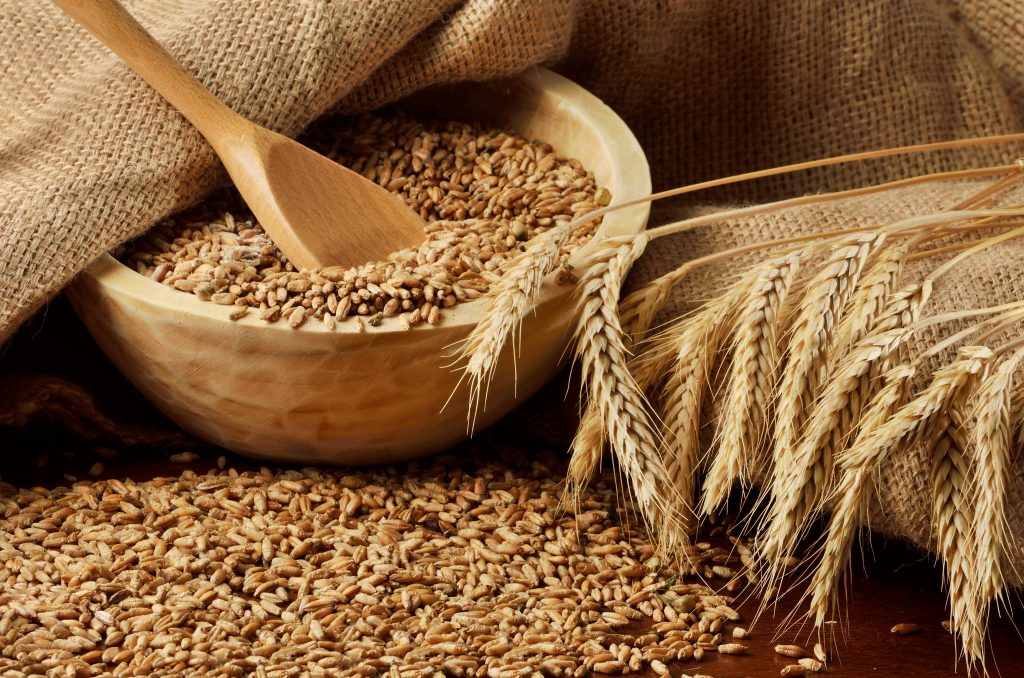When my kids were younger I used to love to read them books. One of our particular favorites was If You Give a Pig a Pancake by in which the little pig comes up with all sorts of creative things he may have to do if you will be so kind as to give him some pancakes.
In our world, pancakes are pretty easy to come by. You can find them pre-made in the frozen foods section, make them from a boxed mix, or even (if you are feeling adventurous!) grab the flour and sugar from the pantry and start them from scratch. What could be simpler than that, right? Did you ever stop to think how much harder it would be to make a pancake if you had to grow your own grains? If you give a pig a pancake, will he ever learn to start growing grains and make them himself?
Table of Contents
If you give a pig a pancake, he’ll never grow one of his own
Posts feature partner companies & may be sponsored. Post contains affiliate links & I will be compensated if you make a purchase after clicking on links. As an Amazon Associate I earn from qualifying purchases.

When I was growing up, we were taught that grains made up the base of the food pyramid. I think they have some fancy new guidelines in place nowadays but the idea remains the same…the majority of our caloric intake should come from whole grains. While it may be easy enough for us to grow our own tomatoes and apples in our backyard, growing our own wheat, rice, or oats is another story completely.

✯Don’t want to miss the next post?✯
Follow Turning the Clock Back on Facebook | Twitter | Pinterest
Or join the private Facebook group for simple tips on going green!
Ever since World War 2, small farms have been put out of business, bought out, and otherwise shut down. We are now dependent on large scale agribusiness farms for the production of our most basic food source: grains! Have you ever gone to a local farmer’s market and found a small farmer selling their own wheat? Personally, I have never come across this!
Think About This: According to NationMaster, the United States grows approximately 63,590 thousand metric tons of WHEAT in a year, not to mention how much corn, rice, oatmeal, etc are also grown here in the US. Where would we be if there was a mass failure in the transportation system of this country or if a wheat disease (of which there are hundreds!) wiped out the entire crop?
Growing our own grains is not something I have personally ever considered but the idea of being dependent on large scale farms is terrifying! Once you start to really look deeper into the politics of farm subsidies, biofuels, and genetically modified crops, it starts to get even more worrisome! The agricultural policy of the United States has some major problems but I’m not so sure I see this getting the attention it deserves from the upcoming political cabinet!

If you DO have a little bit of extra land and are considering which crops to grow this spring, you might want to consider these grains. Then, maybe you can proudly show off the pancakes you grew all by yourself!
- Corn: By far the easiest of the grain crops to grow. It is relatively easy to grow on a small scale but the resulting crop is rather low in protein content.
- Wheat: Harder than corn to grow but easier than many others. Definitely one of the most versatile grains.
- Oats: There are hull-less varieties that are easier to process and are easier for the small farmer to grow. Can be used for both human and animal food and were once grown as a cover crop for strawberries.
- Buckwheat: It can be planted in early summer and the fall flowers are an excellent source of nectar for honeybees. It is high in lysine, an amino acid that other grains lack
If you are looking for a good source of seeds, check out the Sustainable Seed Company!
Will YOU be growing grains when spring arrives?
Like this post? Pin it for later!

Love Pancake Recipes? Try these Sweet Potato Pancakes!

Diane is a professional blogger and nationally certified pharmacy technician at Good Pill Pharmacy. She earned her BS in Microbiology at the University of New Hampshire and has worked in cancer research, academics, and biotechnology. Concern over the growing incidence of human disease and the birth of her children led her to begin living a more natural life. She quickly realized that the information she was learning along the way could be beneficial to many others and started blogging and freelance writing to share this knowledge with others. Learn more about her HERE.


We moved onto almost 40 acres this September, I want to grow hay! Have no idea how to but really want to, am also considering some sort of grain.
I grew up on a farm (around 150 acres) and we grew all kinds of crops. Corn is fairly easy to grow and can be canned or frozen.